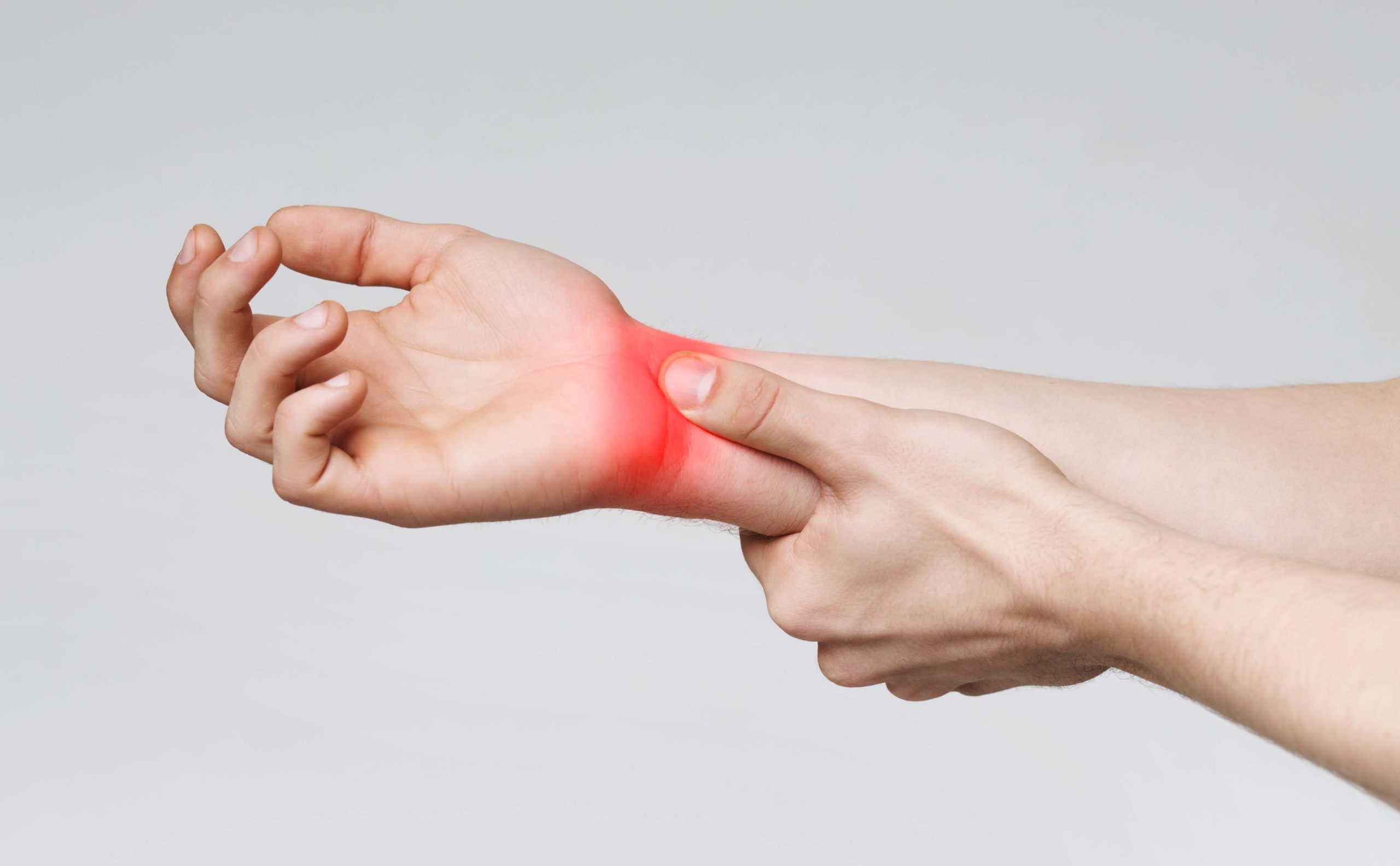
Carpal tunnel syndrome (CTS) affects the hand and wrist and is very frequent. Compression or squeezing of the median nerve at the wrist causes symptoms that travel down the forearm and into the hand. Hand and finger discomfort, numbness, and tingling are just some of the symptoms that can result from this kind of compression. It can weaken you to the point where you have trouble doing normal activities.
Common triggers for CTS
Include activities like typing, using a mouse, and working with tools over and over. Wrist traumas, hormonal changes during pregnancy, certain medical diseases like diabetes and arthritis, and genetic susceptibility can also play a role in the development of CTS.
CTS symptoms
often begin subtly and progress over time. Thumb, index, middle, and ring finger numbness or tingling; hand, wrist, or forearm soreness or hurting; a weak grip; and difficulties with fine motor skills (such as buttoning a shirt or using a utensil) are also common symptoms.
Diagnosis and Treatment
It is crucial to get a professional medical opinion if you think you have CTS. The patient will undergo a physical examination by a doctor, typically a hand specialist, who may then suggest further testing, such as nerve conduction studies, to confirm the diagnosis. Learn More about Carpal Tunnel here.
The severity of CTS
Affects the available treatment choices. Mild instances may only require careful treatment. The injured hand and wrist may benefit from rest, ice packs to reduce inflammation, a wrist splint for immobilization, and targeted workouts to restore strength.
If less invasive methods fail to alleviate symptoms, more radical treatments may be tried. Injections of corticosteroids can reduce inflammation and swelling, and painkillers and even surgery may be necessary in extreme situations. During carpal tunnel release surgery, the ligament compressing the median nerve is surgically severed.
Reducing unnecessary hand and wrist stress and strain is an important part of preventing carpal tunnel syndrome. This can be done by appropriate posture, regular pauses from repetitive labor, the use of ergonomic products and equipment, and optimal ergonomics at workstations.
The risk of developing CTS can also be lowered by engaging in regular stretching and strengthening exercises for the hands and wrists. Simple movements like flexing and extending the fingers, rotating the wrists, and stretching the hand muscles can be effective hand exercises.
If you think you have carpal tunnel syndrome, it’s important to see a doctor to get a proper diagnosis and find out what treatment options are available. Keep in mind that quicker action means less suffering and more living.
